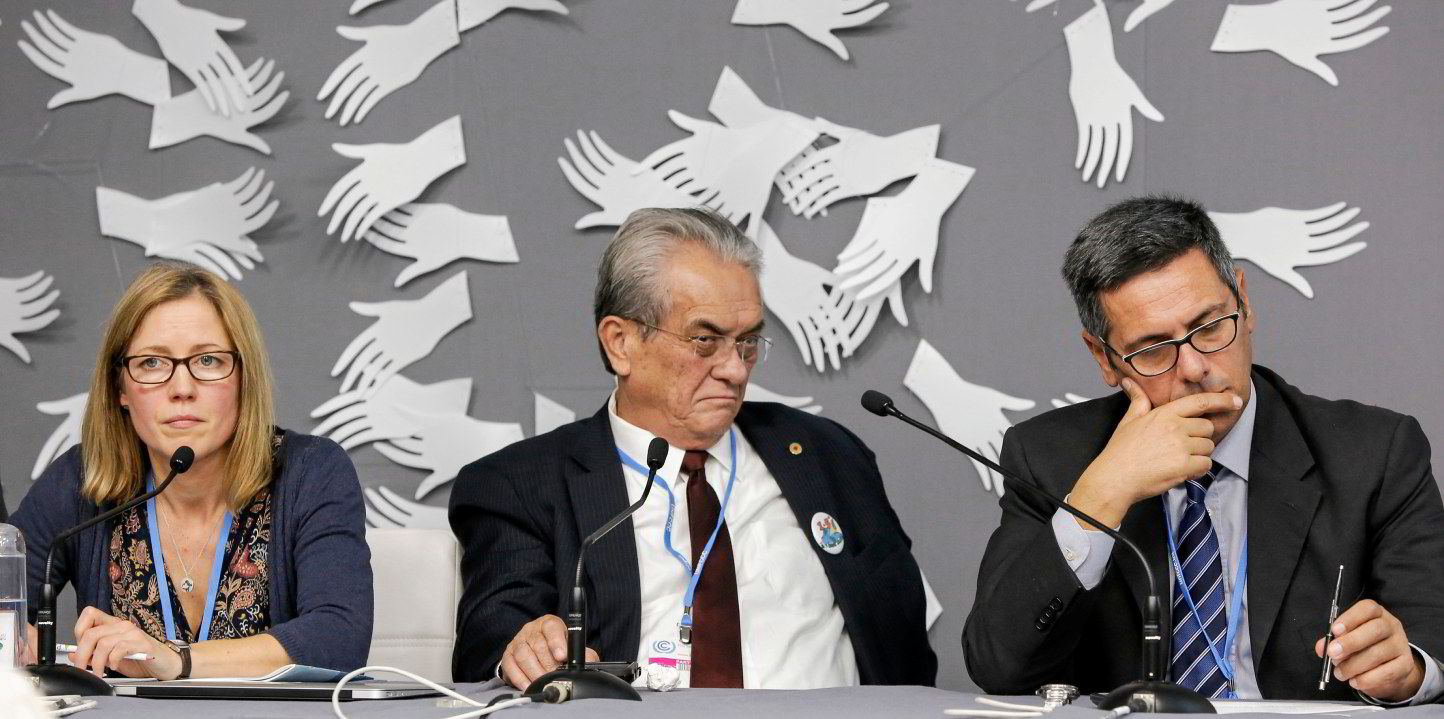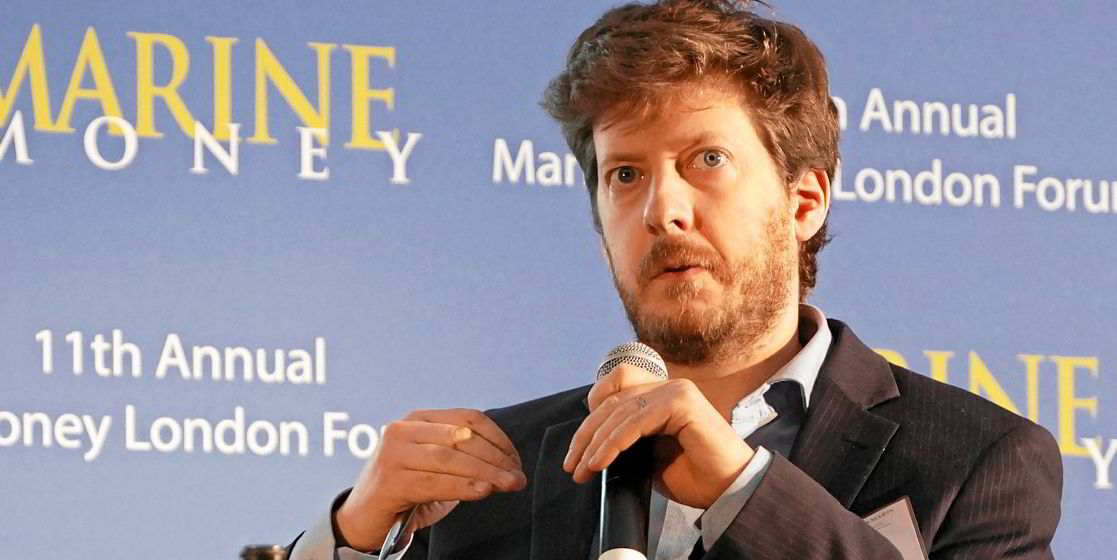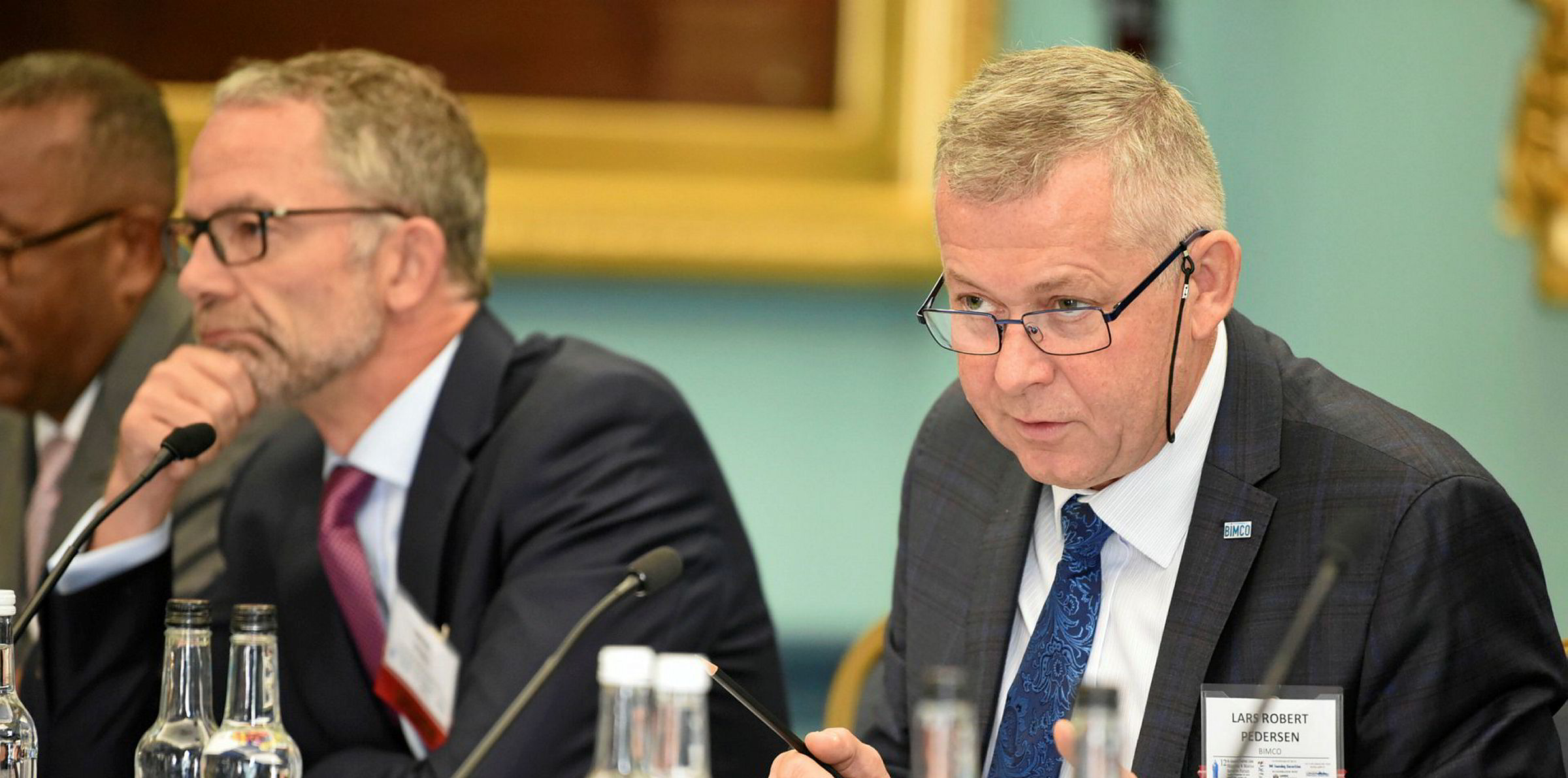Shipping has a choice. It can take tough decisions now to ensure it cuts emissions in line with Paris climate change targets, or try to slide out of its responsibilities and come a cropper later.
Those decisions form the key challenge for the International Maritime Organization, according to Tristan Smith, the naval architect and engineer who has arguably researched shipping’s decarbonisation science most deeply and collaborated most with vessel operators to solve the problems over the past decade.
Time is running out, while few of the choices are yet clear or will be easy to take or enact, the reader in energy and shipping at the UCL Energy Institute, part of University College London, tells TW+.
From 2010 to 2018, Smith says UCL’s research into reducing carbon emissions from shipping was mainly about investigating the issues and articulating the need to decarbonise, but policies were lacking.
That changed three years ago when the IMO adopted its initial strategy for decarbonisation that set carbon-cutting targets of 40% for 2030 and 50% for 2050. It also became clear there was only limited scope for efficiencies from existing technologies, so a fundamental switch away from fossil fuels was needed.
“We are now at the point where we can see the proposition that’s needed much more clearly,” Smith tells TW+. “We can [also] see that the IMO has not got anywhere close to what is needed both in its short-term policy measure debates and in its general expression of where it is heading on the greenhouse gas [GHG] agenda.”
This, he says, is creating a headache for shipping’s financiers, shareholders, charterers and stakeholders who are attempting to set commercial decarbonisation strategies.
The private sector is moving much faster than the regulators, but “it’s hard for them to adopt [any] decarbonisation strategy moving rapidly toward zero carbon fuels because the business case remains elusive in the absence of any clear policy driver.
“The awareness is there, but the material to act on it isn’t, so it is a risky time to make decisions. I have a lot of sympathy for those trying to run shipping businesses right now.”
Smith was one of the team who worked on the Fourth IMO GHG Study in 2020, which concluded that shipping’s emissions had risen 9.6% since the third report, mainly due to increasing maritime trade.
The latest study estimated that overall carbon intensity, as an average across international shipping, was 20%-30% better in 2018 than in the baseline year of 2012, but that emissions are projected to increase from about 90% of 2008 levels in 2018 to 90%-130% of 2008 emissions by 2050.
“The 40% carbon intensity improvement target by 2030 gets swallowed by demand growth, and in absolute GHG emission terms, shipping’s 40% target is an increase relative to 2008,” Smith says.
In other words, the target may sound impressive, but the reality is that shipping will be out of sync with the rest of the world if its emissions are rising between 2020 and 2030.
While scientists warn that cuts of around 50% are required to have any chance of avoiding dangerous climate change, there is pressure on every other industry to take action to halve emissions, and nearly half of the world’s governments have pledged to this level of cuts.

A policy outcome that achieves only 40% carbon intensity “is diametrically opposed” to the general drive of climate policy. According to Smith, this amounts to shipping saying: “ ‘Give us a break, we need to have rising emissions for another decade’, just when much of the rest of the world is saying this is serious and we need to get on with drastic reductions.”
“The corporates are reacting,” he adds, “but the IMO still feels like it is in denial about the scale of the challenge that the same member governments have made in the United Nations Framework Convention on Climate Change.
“There are governments at the IMO that do want to decarbonise at a speed consistent with the 1.5°C climate science, but most do not at this point, and that prevents the IMO taking the action we know is necessary.
“That is a level of political dissonance that is not going to work for very long,” he says, because IMO member governments’ environment ministries will be in conflict with the transport ministries’ position at the IMO. Governments will have moved on and will demand: “What’s so special about shipping?”
Adding to this disconnect are the efforts of some within the industry to act as though the 40% target is a maximum, whereas the IMO set it as a minimum.
“When the figures are selectively used at the policy implementation stage, it becomes very unhelpful because it means in five years we will need another debate that looks again at an inadequate policy that now needs to be ratcheted up.”
This uncertainty makes it even harder to take investment decisions on ships that perhaps have a 25-year lifespan, when it is likely that within a decade the rules will have failed and will as a result need to be made far stricter than could have been the case now.
“If the industry believes the IMO will change its policy but does not know how it will do so, it either has to invest in one pathway, hoping it will be OK, or it doesn’t invest at all because it is not sure it will get the returns it needs,” Smith says.
Revising the rules down the road would require an even bigger and more painful effort than going for it now.
“It would be a pyrrhic victory for those that want the low ambition. It ultimately damages the industry because those who want to move faster don’t have the business case, and then maybe intelligent capital starts leaving the sector.”
On top of that, the IMO is looking at operational and not full life-cycle fuel emissions, which means some players can cheat by burning fossil-based alternative fuels that have no climate benefit.
Other transport modes — cars and trucks — have a much shorter lifespan and so even late action can still quickly change their emission profile.
“If I can’t drive a car for a couple of years, it is not the end of the world in the same way it is if we screw up shipping,” Smith warns. “If we don’t move [soon], we get trade flows being disrupted.”
Nevertheless, he remains an optimist overall.
“To some extent we have closed the problem on zero emissions by 2050 with governments. It [action] will filter through — it is just a case of if it is in the next five years or 10.
“But I am not optimistic it will get solved in the shipping industry without a lot of pain unless we turn it into a more collaborative, constructive discussion.”




